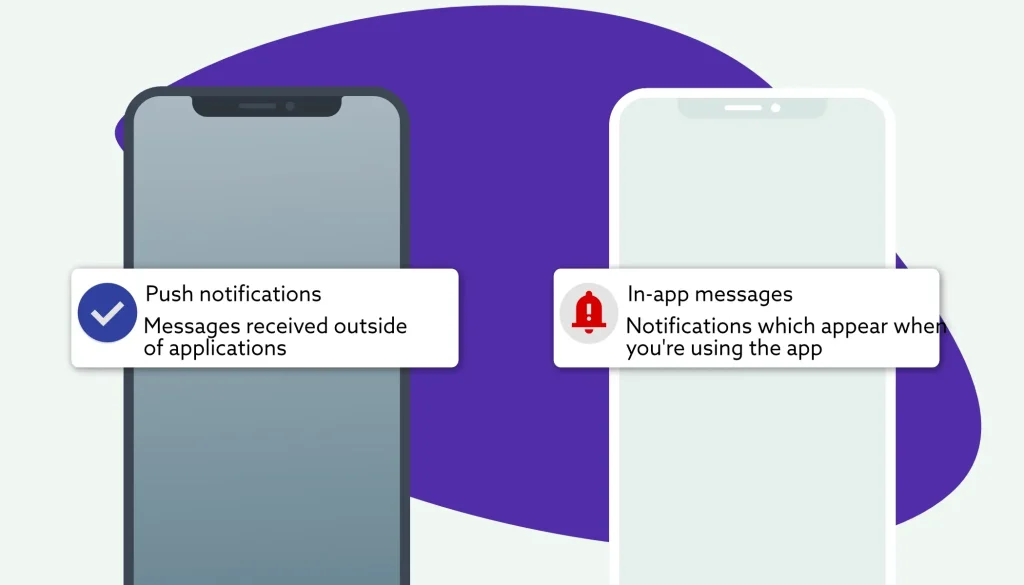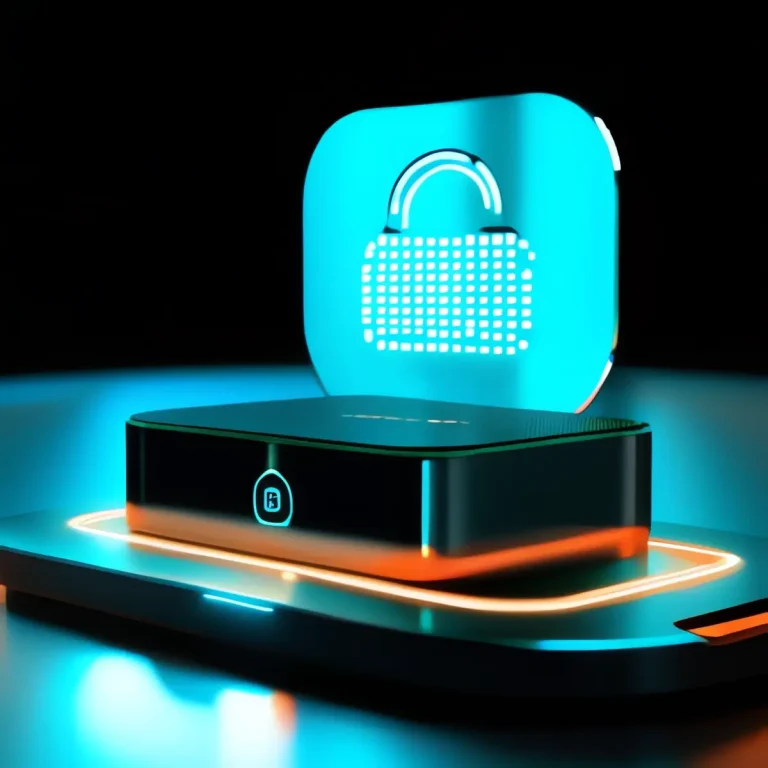Push Notifications vs In-app Notifications Spot the Difference

In the realm of mobile communication, push notifications and in-app notifications have become two indispensable tools for engaging users and delivering timely, relevant information. Although both are designed to enhance user interaction and provide updates, they operate in fundamentally different ways. For businesses, especially in the digital space, understanding these differences is essential for crafting effective communication strategies that balance reach, relevance, and user satisfaction.
Push Notifications: Reaching Users Beyond the App
Push notifications are messages sent directly from apps or websites to users’ devices, regardless of whether the app is open or running in the background. They often appear as banners, alerts, or badges on the home screen, sometimes accompanied by a sound or vibration to immediately catch the user’s attention.
The defining feature of push notifications is their real-time delivery and device-level visibility. These messages rely on the device’s operating system (such as iOS or Android) to push content instantly, making them ideal for urgent or time-sensitive messages. Use cases include:
- Flash sales and limited-time offers
- Delivery or shipping confirmations
- Appointment or event reminders
- Breaking news or live updates
When used correctly, push notifications can effectively re-engage dormant users and encourage immediate actions such as returning to the app or completing a purchase.
In-app Notifications: Enhancing the Onboarding and User Journey
In-app notifications, on the other hand, are messages shown within the app itself while the user is actively using it. These can come in the form of modals, banners, tooltips, or badges. Unlike push notifications, they don’t require opt-in permissions and are only visible during live user interaction with the app.
In-app messages shine when it comes to contextual communication. They’re particularly useful for:
- Onboarding tutorials or feature walkthroughs
- Personalized product suggestions
- Encouraging account completion or upgrades
- Confirming actions or showing success states
Because they appear in the app environment, in-app notifications feel less intrusive and more aligned with the user experience. They allow businesses to communicate with users at the right moment, based on behavior or app usage, fostering engagement and loyalty over time.
Timing and Delivery: A Matter of Context and Urgency
One of the most important differences between push and in-app notifications lies in how and when they are delivered.
- Push notifications have the upper hand in timing—they reach users even when the app is closed or running in the background. This capability makes them ideal for out-of-app re-engagement and emergency updates.
- In-app notifications, however, are inherently tied to current user activity. They only appear when users are active within the app, which limits their reach but enhances their contextual relevance. This makes them perfect for guiding users through flows, reducing friction, and delivering information that improves app usability.
The strategic use of both types depends on whether you need to pull users back into the app or enhance their experience while they’re already there.
Impact and User Perception: Attention vs. Experience
When evaluating the effectiveness of each notification type, consider how users perceive and react to them:
- Push notifications are highly visible and prompt immediate reactions. But if overused or irrelevant, they can feel spammy and lead to users turning them off altogether—or worse, uninstalling the app. Crafting relevant, well-timed messages is key to avoiding notification fatigue.
- In-app notifications, in contrast, are less disruptive and can blend smoothly into the app experience. They’re less likely to cause annoyance, making them suitable for non-urgent communication, tips, and encouragement. However, their impact is limited to active users, so they cannot reactivate dormant ones.
Striking the right balance between visibility and user comfort is crucial for both types to work effectively.
Strategic Use: Combining Both for Maximum Engagement
The real power of mobile communication comes when push and in-app notifications are used in harmony.
- Push notifications can bring users back to the app.
- In-app notifications can welcome, educate, and convert those users once they arrive.
For example:
- A user abandons their cart → a push notification reminds them.
- They return to the app → an in-app message offers a discount or helps finalize the checkout.
Used together, these tools create a full-funnel communication strategy that drives engagement, reduces churn, and increases lifetime value.
Conclusion
Both push and in-app notifications play vital roles in modern mobile marketing. While they serve different purposes, they are complementary rather than competing tools. Push notifications excel at re-engagement and timely alerts, while in-app notifications enhance the user journey and deliver value in the moment.
Understanding when, where, and how to use each type allows businesses to connect with users more meaningfully. By respecting the user’s attention and context, you can turn notifications from interruptions into valuable touchpoints that drive retention, satisfaction, and revenue.
In the end, the difference between a user who churns and one who converts may come down to how—and when—you choose to communicate.
Like what you’re reading?
Push0 is a privacy-first push notification service built for devs and marketers who care.
Try it free for 14 days — no credit card, no fluff.



